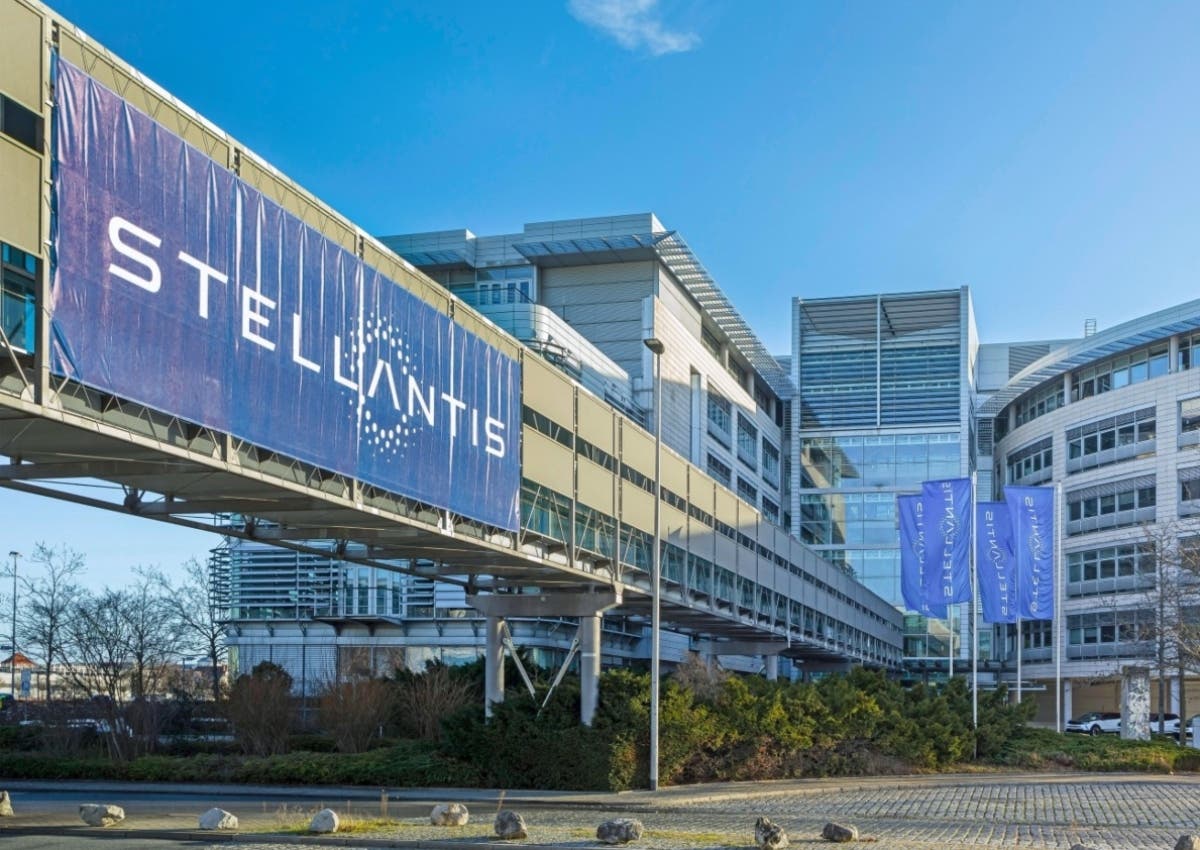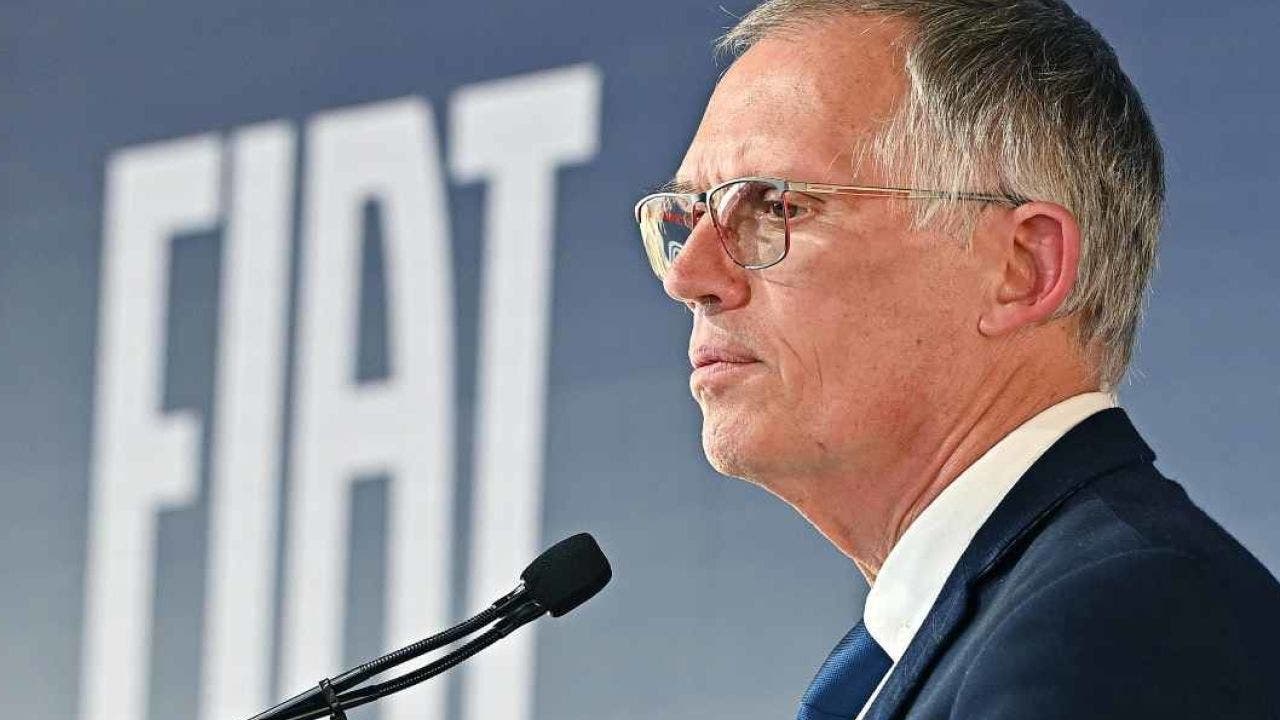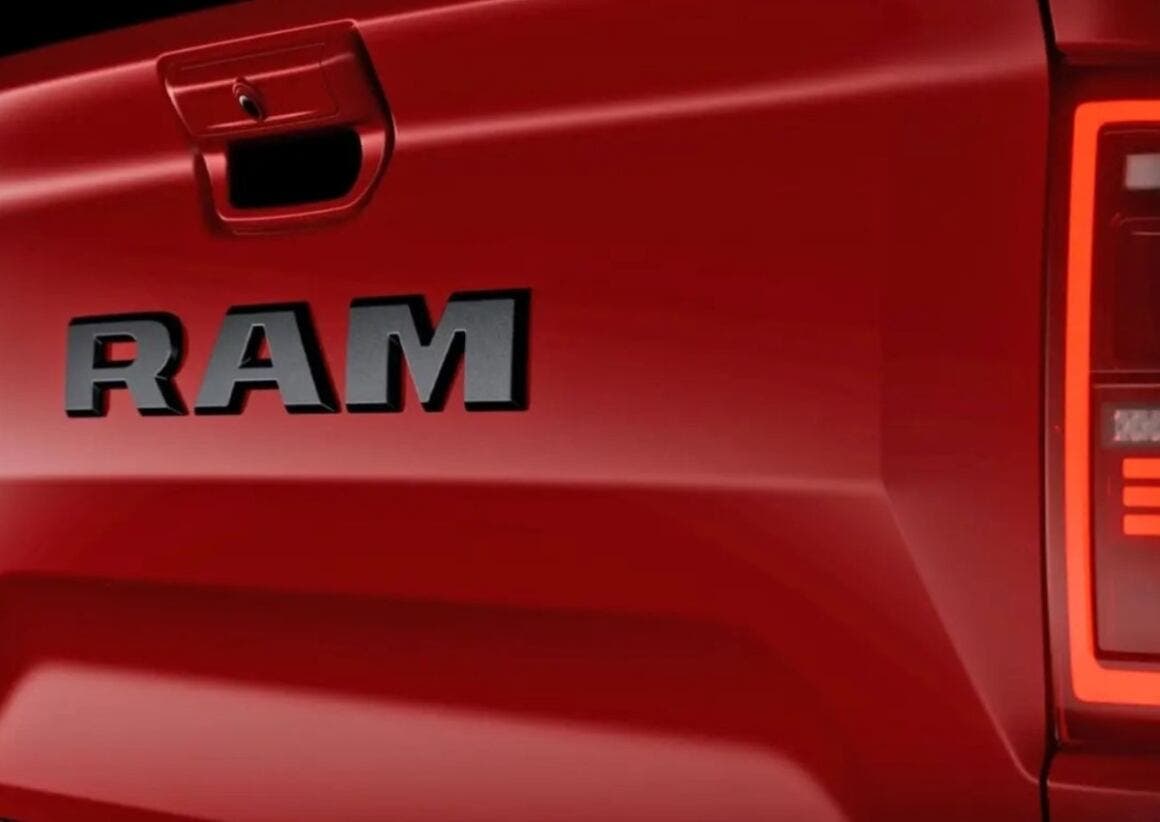Stellantis announced a few days ago the plan to lay off up to 2,450 people at the Warren plant, starting from October 8, after the end of Ram 1500 Classic production and the transition to a single assembly shift at the facility. UAW officials say they could maintain a second shift if the Stellantis plant could take on excess production of the latest generation Ram 1500 from the nearby Sterling Heights Assembly Plant, once that facility reaches maximum capacity. But this is not certain.
UAW fears a transfer of Ram 1500 production to Mexico

Both the union and analysts say it appears that excess work will go to a factory in Mexico, a prospect that will surely be a point of strong controversy between the UAW and Stellantis CEO Carlos Tavares, whose public criticisms of the unionized workforce are intensifying. A Stellantis spokesperson stated last week that no decision has been made yet on excess production.
Union leaders are concerned about a shift of Ram 1500 production to Mexico, potentially after the current UAW contract expires in 2028. These concerns have increased after Stellantis CEO Carlos Tavares mentioned issues with the plant’s “direct run rate” at the end of last month, which refers to how many models need repairs after final assembly.
The Stellantis assembly plant in Saltillo is the Mexican facility where some Ram vehicles have long been built, including current heavy-duty and commercial versions such as the 2500, 3500, 4500, and 5500 models. Warren Truck will continue to build Jeep Wagoneer and Grand Wagoneer SUVs at least until 2028, according to the UAW contract. But the contract doesn’t mention new vehicles coming to the plant in the coming years.

Tavares told reporters last month that some U.S. plants, including Sterling Heights, have a direct run rate that’s too low. This means too many vehicles needed repairs, which increases costs, delays vehicle shipments, and can lead to other quality issues, said the Stellantis CEO, who is expected to visit the plant this month.
“When you make a repair outside the main line, you can always fix what you need to fix, but you create another problem,” Tavares said. Between the repair issue and other headaches for U.S. plants that involved suppliers and led to plant shutdowns, as well as product mix problems where production of certain models and trims wasn’t aligned with demand, Tavares said it has been a “painful” period for his American manufacturing operations.

